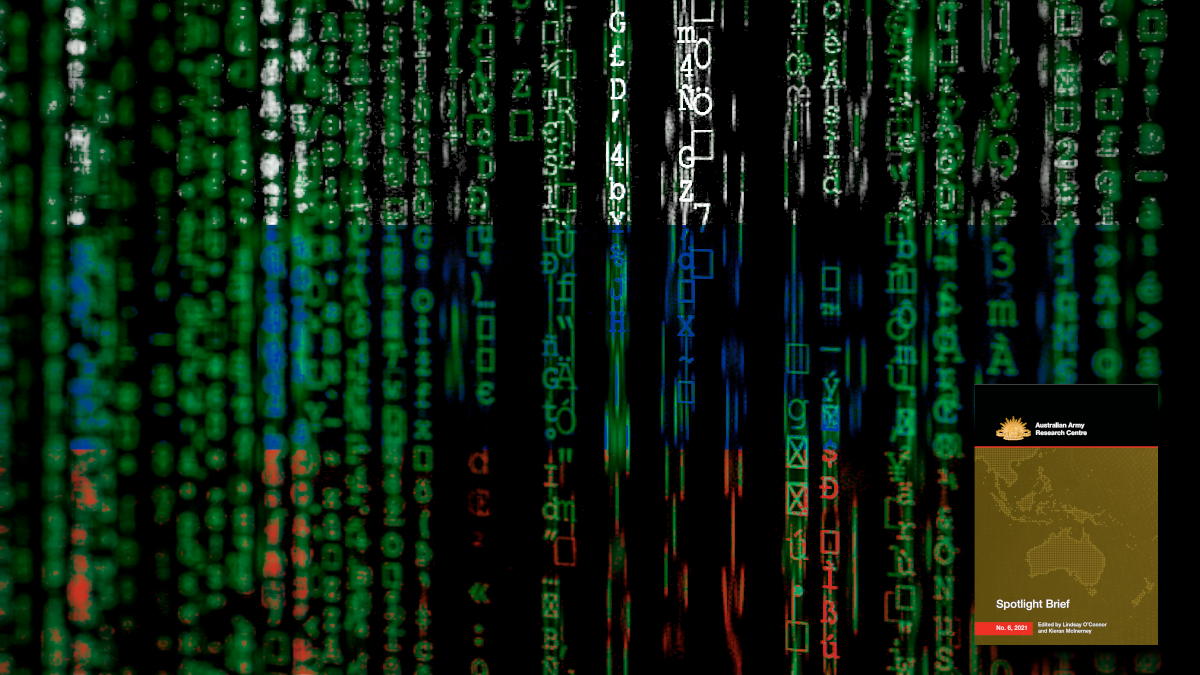The content in this article is an extract of Spotlight Brief 6/21.
Defence Innovation and the 4th Industrial Revolution in Russia
Journal of Strategic Studies – Dec 2020
Katarzyna Zysk’s article grapples with two key questions. Firstly, what strategies has Russia adopted in order to pursue breakthrough technologies and stimulate defence innovation? Secondly, what ramifications will Russia’s technological advancements have for strategic competition? Russia has systematically focussed on new potentially disruptive technology such as artificial intelligence, quantum computing, automated decision-making, uncrewed systems, and hypersonics. Zysk provides detail on Russia’s artificial intelligence and hypersonics programs. She posits several reasons why Moscow has struggled to leverage Fourth Industrial Revolution technologies, noting that despite challenges, Russia has demonstrated a strong ability to experiment with these novel capabilities. Notably, Russia is creating an interconnected system that combines advanced features of artificial intelligence, autonomous systems, and quantum computing. Zysk concludes that this may provide “a sharpened edge on the battlefield, if not the critical advantage that the Russian top leadership is ultimately pursuing.”
Related:
‘Algorithmic Warfare: Russia Expanding Fleet of AI-Enabled Weapons,’ National Defense, 20 Jul 21
‘Tukey’s Terminator,’ The Mackenzie Institute, 25 Jun 21
‘Russia Has Developed ‘Weapons of the Future’: Defense Minister,’ The Defence Post, 25 May 21
‘Inside Russia’s Robot Army: Rhetoric vs. Reality,’ Breaking Defense, 30 Apr 21
Small States and Autonomous Systems – The Scandinavian Case
Journal of Strategic Studies – Dec 2020
The Fourth Industrial Revolution is critical to the Army and ADF’s force modernisation. Petersson explores the extent to which medium and small states are incorporating these technologies into their defence forces. His article focusses on Denmark, Norway, and Sweden. Autonomous Weapon Systems would seemingly be ideally suited to these states, as they have large geographical areas to monitor, numerically weak defence forces, and a reasonably clear threat picture. Given these characteristics, the picture Petersson paints is quite surprising. Denmark has been lukewarm to such systems, and there is very little evidence of a strategy to operationalise new technologies. Similarly, the Norwegian Armed Forces do not have a long-term strategy concerning Autonomous Weapons Systems. Petersson suggests this low-profile stance may be caused by solidarity with the NATO alliance and the United States. Sweden also lacks procurement plans, and there is no evidence of a strategy to incorporate these technologies into their defence structure. It would be prudential for Australian policy-makers to investigate the source of this hesitancy in Scandinavia before making any concrete decisions regarding the ADF’s adoption of these technologies.
Related:
‘Weapons of Mass Debate – Sweden between Armed Neutrality and a Nuclear Umbrella,’ Institut Montaigne, 01 Jul 21
‘Nato Allies Need to Speed Up AI Defence Co-operation,’ Financial Times, 08 Jun 21
‘Denmark Picks Spike LR 2 for New Anti-Tank Missile Capability,’ Defense Brief, 15 Mar 21
‘How Norway is Folding Civilians into National Defense,’ Defense One, 12 Mar 21
‘Denmark Ramps Up Artic Naval Defense Pending,’ GCaptain, 12 Feb 21




